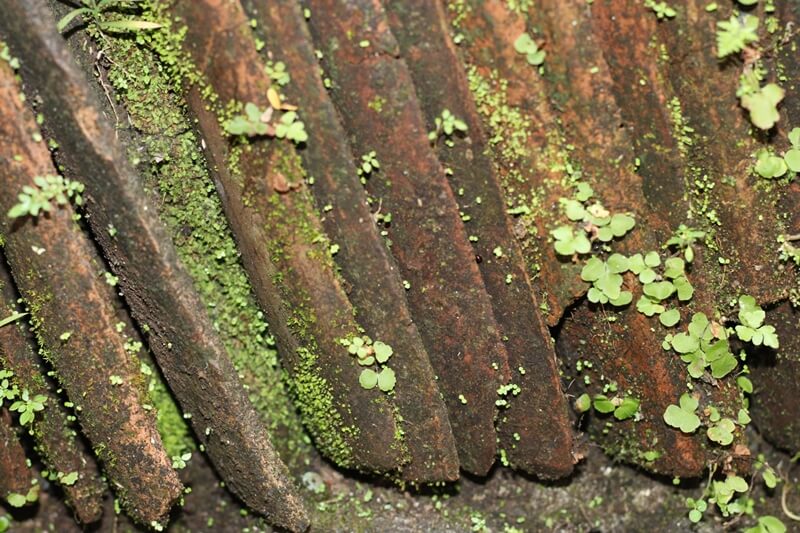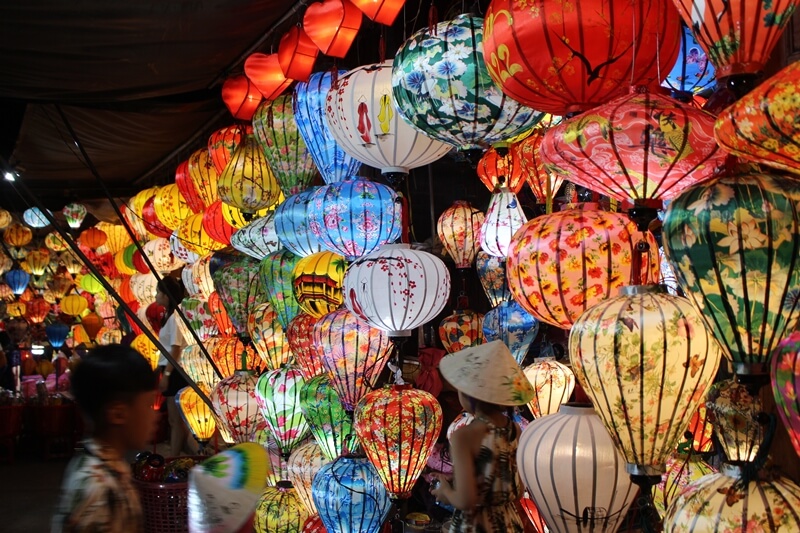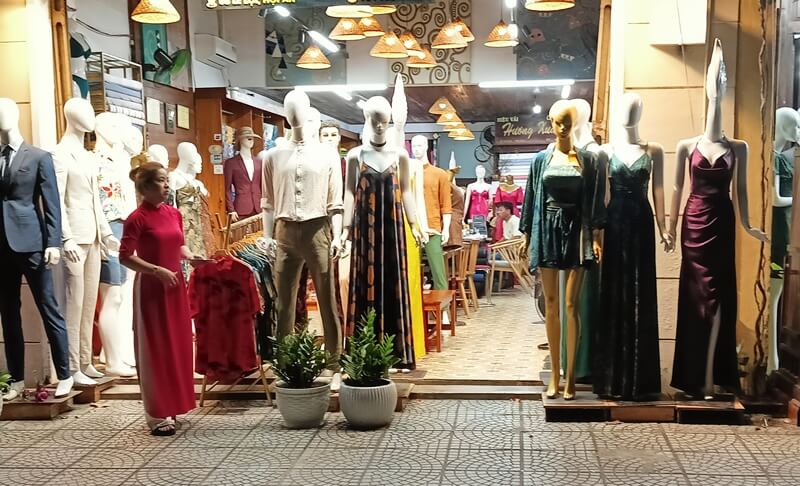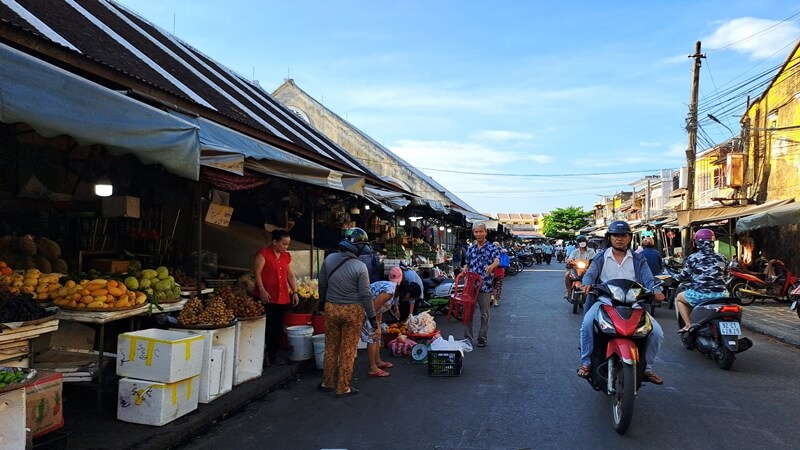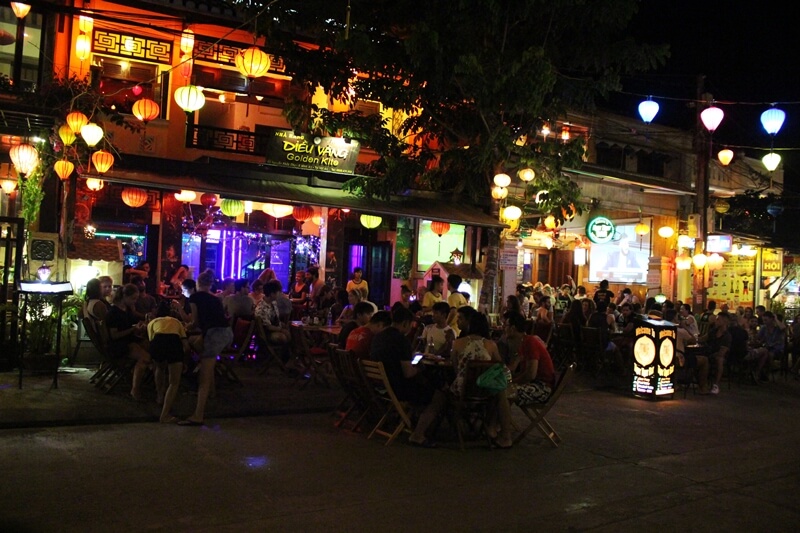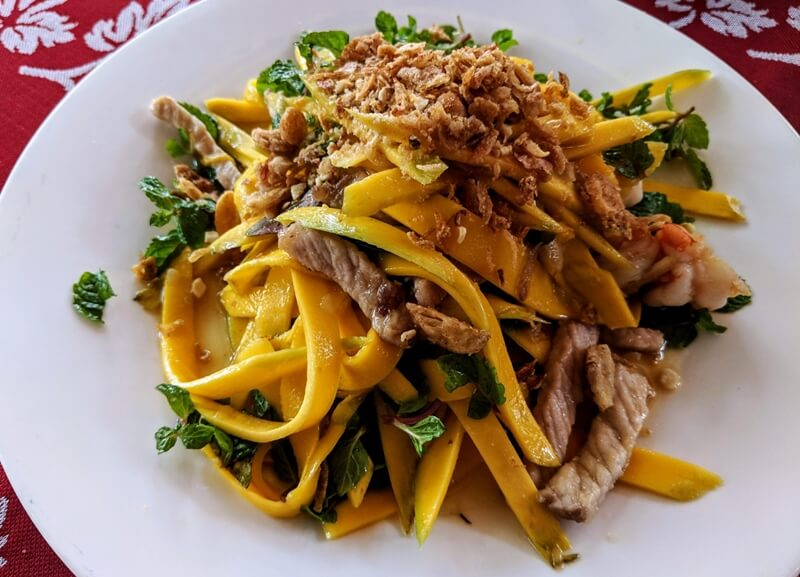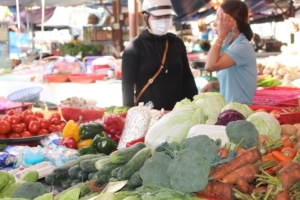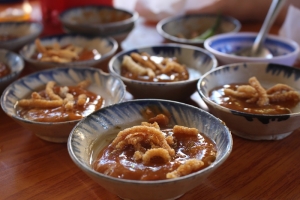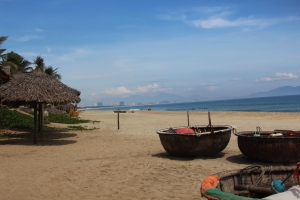Various reasons make Hoi An Ancient Town become one of the famous tourist destinations in Vietnam, and it receives the love of many tourists all over the world.
From my perspective, I realize that the old town of Hoi An has these 7 top things that left a deep impression on me.
Hoi An Ancient Town Map
- Location: Hoi An Ancient Town, Hoi An City, Quang Nam Province, Vietnam
- The closest airport to Hoi An: is the Da Nang International Airport, 30 km far away.
1. From rows of mossy old houses
Arriving in Hoi An Ancient Town came on a day in the middle of the rainy season, at the end of December and early January. The scene that opened before your eyes was strangely romantic. Each ancient house is located close to each other, creating streets that carry both the breath and the mark of time.
The characteristic yellow color of the house’s walls unintentionally highlights the deep look of the wooden door. The tile roof covered with green moss seems to affirm the peaceful and ancient features covering this place.
Occasionally, a few sycamore tree shoots grow between two adjacent roofs. This result may come from a small bird accidentally bringing the fruit here to eat and spitting out the seeds.
Wandering on the street, watching raindrops rolling gently on the green moss tile roof, then slowly falling down the lyrical and peaceful steps. This scene can make almost all visitors feel like they have just gotten lost in some sweet historical movie when they set foot here.
I strolled on the streets and looked at the ancient roofs imprinted with traces of time dating back hundreds of years. I vaguely recognized the magnificence of the once-bustling trading port of Hoi An. That was probably the exciting moment that I never forget when coming to this beautiful little neighborhood.
However, in the afternoon, from 3:00 PM to 7:00 PM, Hoi An becomes too crowded and noisy because of the large number of tourists gathering here from the hotels around the ancient town.
For me, this duration is not suitable to visit the old town. The period, from 6:00 AM to 10:00 AM, is perfect to walk around the ancient region and admire its beautiful, peaceful, and gentle scenery.
2. City of lanterns
Besides the mosses imprinted on the ancient roofs, lanterns become a mark of Hoi An Old Quarter, full of color and illusory light.
Lanterns cover all over the town. In front of the porches, across the streets, in the gardens, at restaurants, cafes. Lanterns are everywhere. They come in all large and small sizes, with many different colors and patterns.
These red and green lanterns contribute to establishing the unique feature of this old town, so many people call this the “city of lanterns” jokingly.
I took a lot of photos of the lanterns, which are shimmering and strange. At first glance, all regions of the town look like a picture of a garden in a land ruled by the king of lanterns.
Nowhere in Vietnam have I seen so many lanterns shining at the same time as in Hoi An. It made me long to watch that attractive and dim light forever.
3. Enjoy perfect tailoring service
It is impossible to compare the quality or design of the outfits sewn here with the products of designers from Italy or Sweden. But to me, it’s worth every penny and moment I spend.
After a few hours touring the old town and entering a garment shop, I almost became a different character. The staff here welcomed me like their own family. Besides, they were also the perfect consultant to help me choose the correct fabric and design, and they took each of my measurements carefully.
In a short period, about 24 hours, I was able to try on an outfit tailor-made for me. Not only that, the shop owner is also happy to correct every small seam if it doesn’t fit the wearer’s body.
This service was a memorable experience I probably would have regretted if I hadn’t tried it.
4. Hoi An people are as friendly as your own relatives!
The point that surprised me most was the way the local people welcomed all visitors when coming to Hoi An Ancient City. There is almost no gap between those who come here for the first time and those familiar with this land.
You can easily start a conversation with anyone without having to worry about whether they are ready to greet you. I talked to the fruit seller, the middle-aged woman – next to the bread stall, and the Cyclo driver.
The locals’ unique English is as interesting as they are. Even many local people also patiently taught me how to pronounce English with a Hoian accent that cannot be found anywhere else.
We – my international guests and me – tried to understand their English as they were happily understanding our English. But it was stunning because we – my guests, the other local people, and me, had happy laughter.
The friendliness, enthusiasm, and gentleness of the people here made me want to prolong my time in Hoi An forever.
5. Many diverse and exciting community tourism activities
Don’t worry about not knowing what to do during your long stay in Hoi An. It is because Hoi An is like a paradise of community tourism activities, covering plenty of activities, such as cycling to admire the peaceful countryside, swimming, learning to cook, learning to make lanterns, visiting the pottery village, learning to make pottery, visiting Cam Thanh coconut forest, shaking baskets at Cam Thanh, and riding buffalo.
All of these activities attract a large number of participants because of the professionalism and friendliness that local people put into every step.
I came here during the rainy season, so I spent time in cooking classes, making lanterns, and cycling to see the gentle life of the local people. Indeed, I enjoyed every wonderful moment through these activities.
However, it’s still a pity that I was scared to sit on the round boat for the shaking-basket game in Cam Thanh coconut forest; just to see other guests turning around. Perhaps, I will come back and take the brave to throw my mind to this activity.
6. Every evening is as fun as a festival.
Although most attractions will close before 9 PM every day, life in the old town continues until nearly 11 PM. Indeed, this is not a nightlife city; however, its evenings are fun and bustling.
There are many activities for visitors to experience, such as playing cards, beating pots blindfolded, taking a boat trip to release lotus lanterns on the Hoai River, learning to sing folk songs, participating in the night market of Hoi An, shopping for small gifts, and enjoying tasty street foods.
The evening is also the ideal time for you to admire the romantic light radiating from thousands of lanterns. Taking photos with these lanterns at night is also worth doing here.
After a few walks around the old town, I chose to sit at a cafe to sip my favorite drink and watch the people passing by. Listen to the happy sounds of life going on around me.
Indeed, the evening in the old section of Hoi An always contains mysteries that wait for you to discover. And I never felt less excited every evening in this place.
7. You don’t have to worry about not being able to find the right dish for you.
In my opinion, Hoi An Old City does not have too many outstanding local dishes with excellent flavor. But in return, there are many restaurants here, with various culinary styles – Asian, European, or Indian for visitors to choose from.
The taste of the food in Hoi An City may not be as perfect as at luxury restaurants, but it is suitable for you to have a delicious meal.
I understand the feeling many tourists often find it difficult to adapt to the local food when traveling to a new country, just because of the difference in culinary culture.
But coming to Hoi An, you don’t have to worry about this. Here, it is possible to meet almost all the flavor requirements that visitors require. So, your stomach will not be empty when in Hoi An.
Its food culture is a big plus point for traveling to Hoi An, which ensures a perfect trip to a lovely land.
Those seven impressions are always big enough to motivate me to return to Hoi An Ancient Town on my trips.
This ancient quarter will open up many more stunning things that we haven’t discovered yet. The old town deserves to be a perfect tourist and resting destination in Vietnam.
